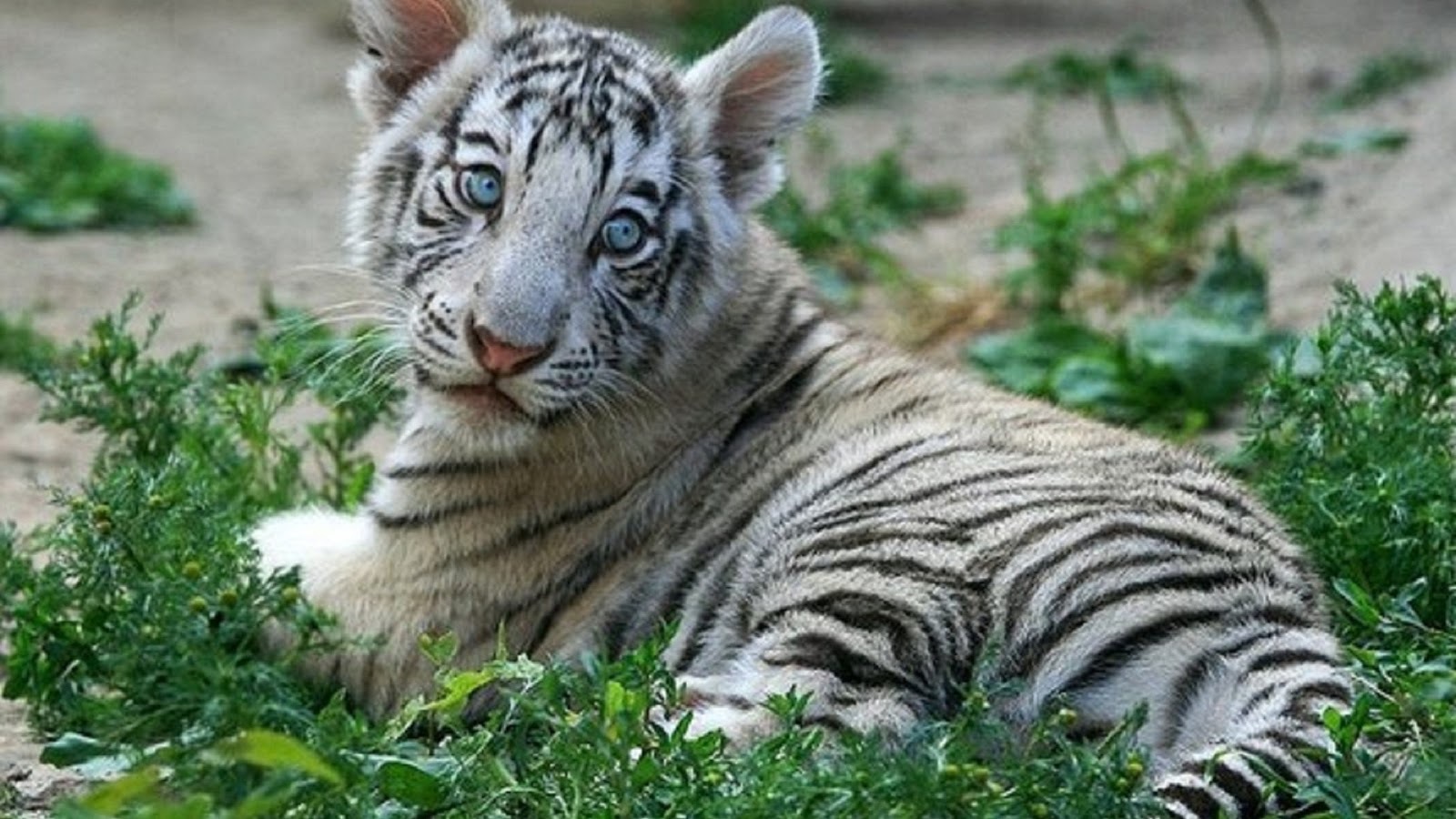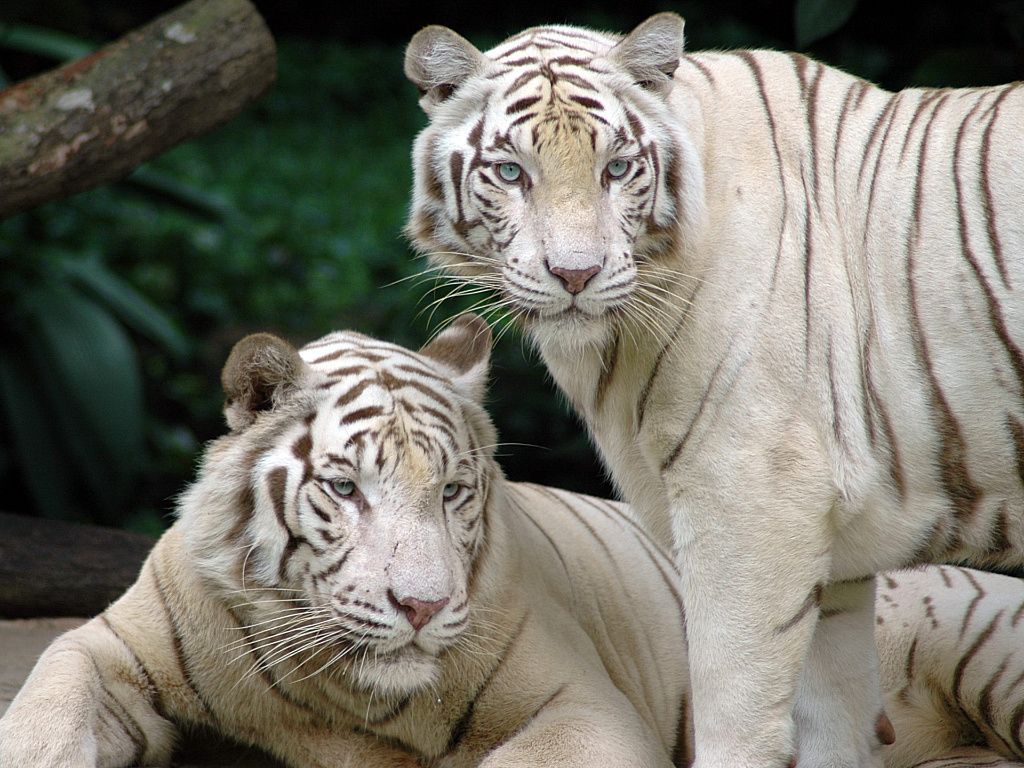
Introduction
The white tiger, also known as the bleached tiger, is a rare and majestic creature that captivates the imagination of people around the world. With its striking white fur and piercing blue eyes, the white tiger stands out from its orange counterparts. In this article, we will explore the fascinating world of white tigers, their habitat, behavior, and conservation efforts.
Origin and Genetics

White tigers are not a separate species or subspecies; they are a genetic variant of the Bengal tiger. The unique white coat is caused by a recessive gene known as the chinchilla gene, which inhibits the production of orange pigment. As a result, white tigers have pale fur with black stripes and blue eyes. This genetic mutation is extremely rare, with only one in every 10,000 tigers displaying this coat coloration.
Habitat and Distribution

White tigers are primarily found in the Indian subcontinent, specifically in the dense forests and mangrove swamps of India, Nepal, and Bhutan. They prefer habitats with water sources nearby, as they are excellent swimmers. However, due to their rarity, white tigers are extremely difficult to spot in the wild.
Physical Characteristics

White tigers share many physical characteristics with their orange counterparts. They are large and muscular cats, with males weighing between 400 and 550 pounds and measuring up to 10 feet in length, including their tail. Their distinct white fur, coupled with dark black stripes, provides excellent camouflage in their natural habitat.
Diet and Hunting

White tigers are carnivores and primarily feed on large herbivores such as deer, wild boar, and water buffalo. They are solitary hunters and rely on their strength, agility, and sharp teeth and claws to bring down their prey. With their keen eyesight and hearing, they can stealthily stalk their prey before launching a powerful ambush.
Behavior and Social Structure

White tigers, like other tigers, are solitary creatures. They mark their territory using scent markings and vocalizations to communicate with other tigers. Males have larger territories that overlap with several female territories. They are highly territorial and fiercely defend their boundaries from intruders.
Conservation Status

White tigers are classified as endangered by the International Union for Conservation of Nature (IUCN). Their population has significantly declined due to habitat loss, poaching, and the illegal wildlife trade. Efforts are underway to protect their natural habitats and increase awareness about the importance of conserving these magnificent creatures.
Captivity and Controversies

White tigers have been bred in captivity for several decades, mainly for their aesthetic appeal. However, this practice has sparked controversy among animal rights activists and conservationists. Some argue that breeding white tigers in captivity can lead to genetic abnormalities and health issues, while others believe it helps raise awareness and funds for conservation efforts.
Myths and Symbolism

White tigers have long been associated with myths and symbolism in various cultures. In Hindu mythology, they are believed to be the vehicle of the goddess Durga and are considered auspicious. In Chinese culture, they are symbols of power, courage, and royalty. However, it is essential to separate fact from fiction when it comes to understanding these magnificent creatures.
Conclusion
White tigers are awe-inspiring creatures that hold a special place in the hearts of people worldwide. Their rarity, grace, and beauty make them an object of fascination and admiration. However, it is crucial to prioritize their conservation and protect their natural habitats to ensure the survival of these majestic animals for future generations to appreciate and cherish.